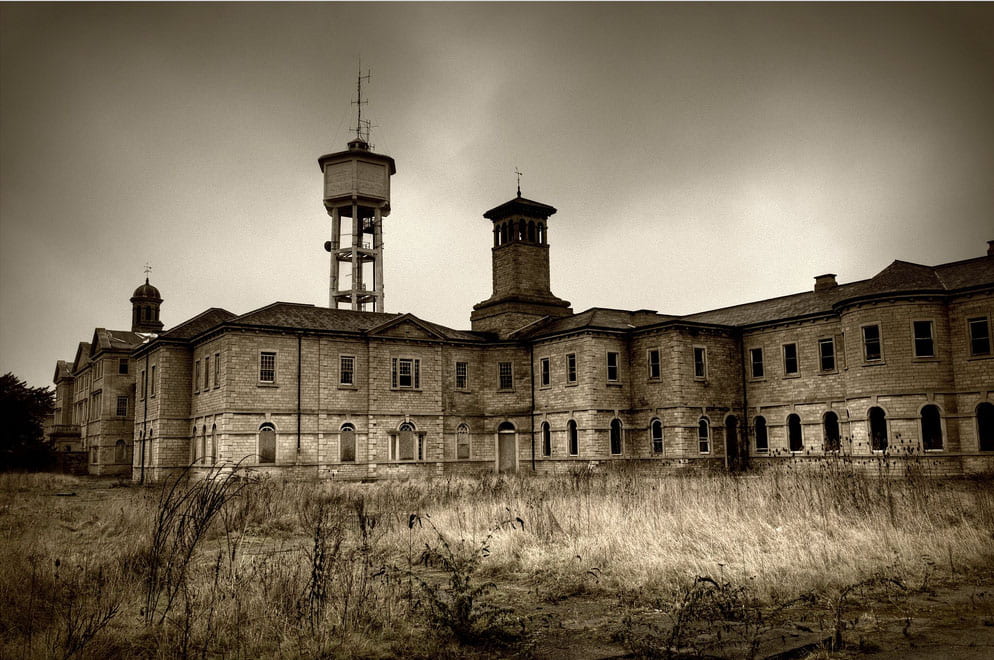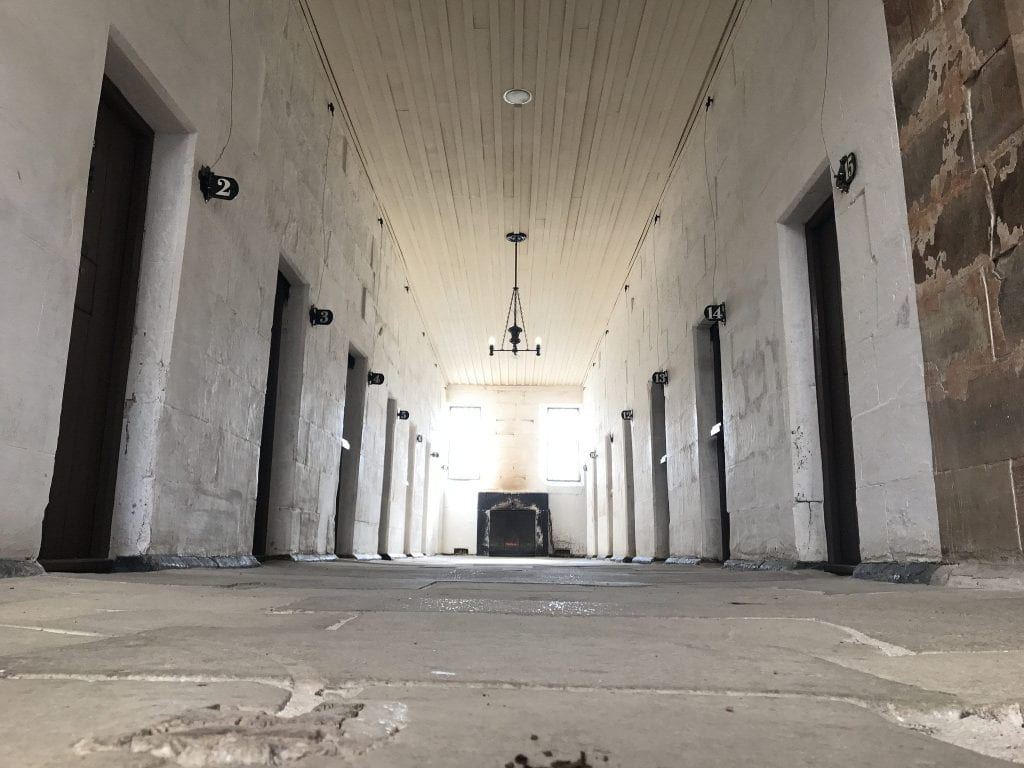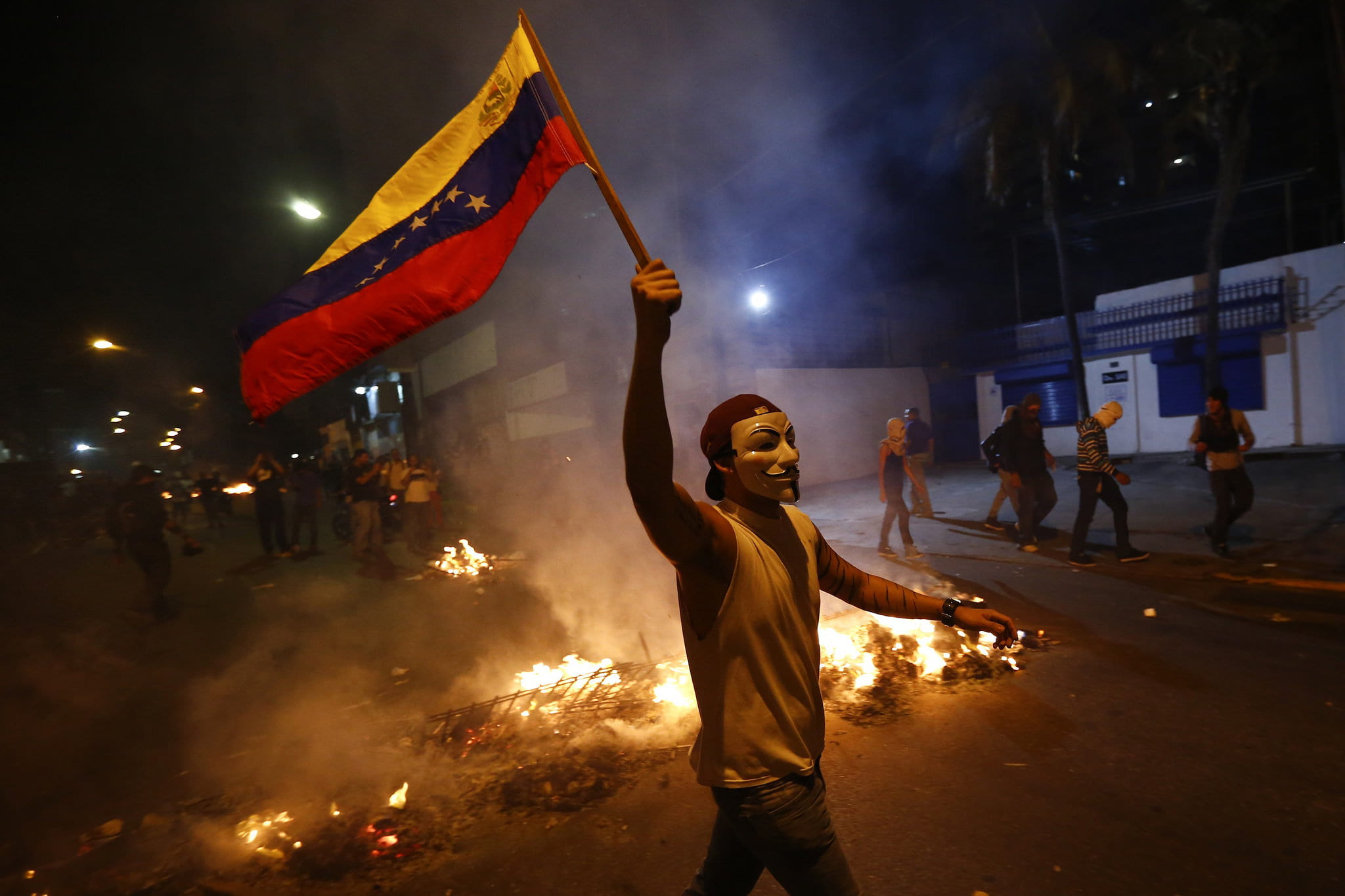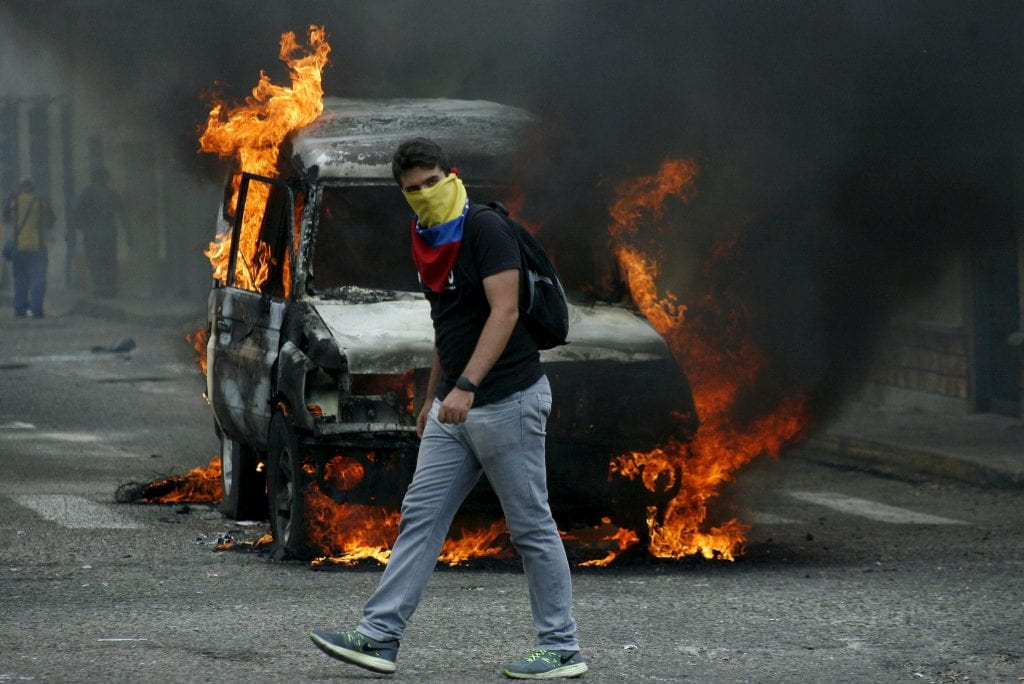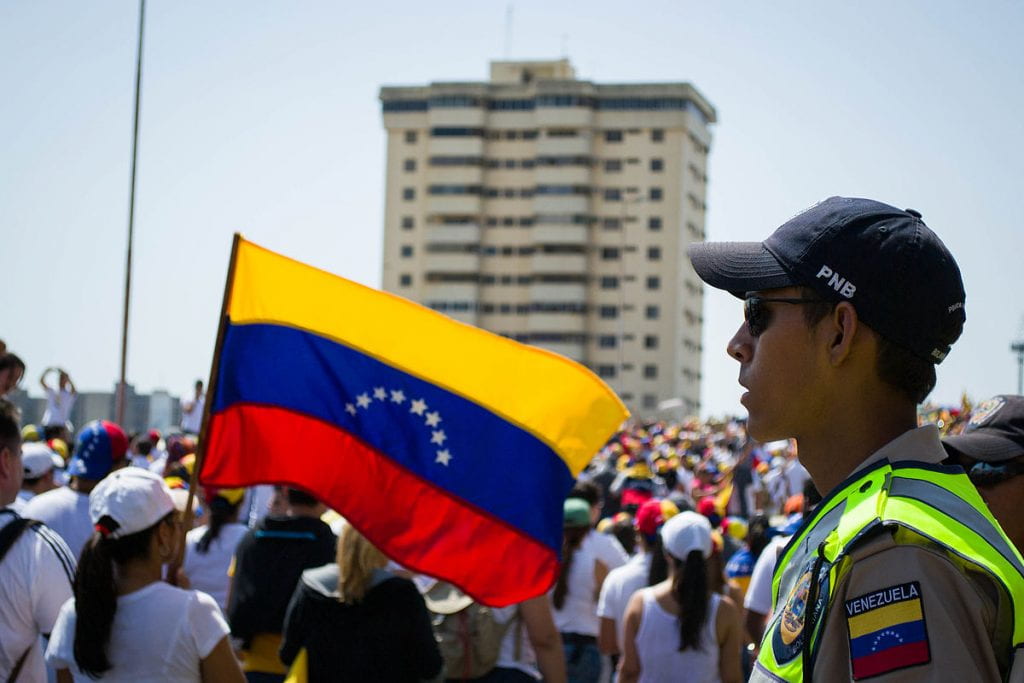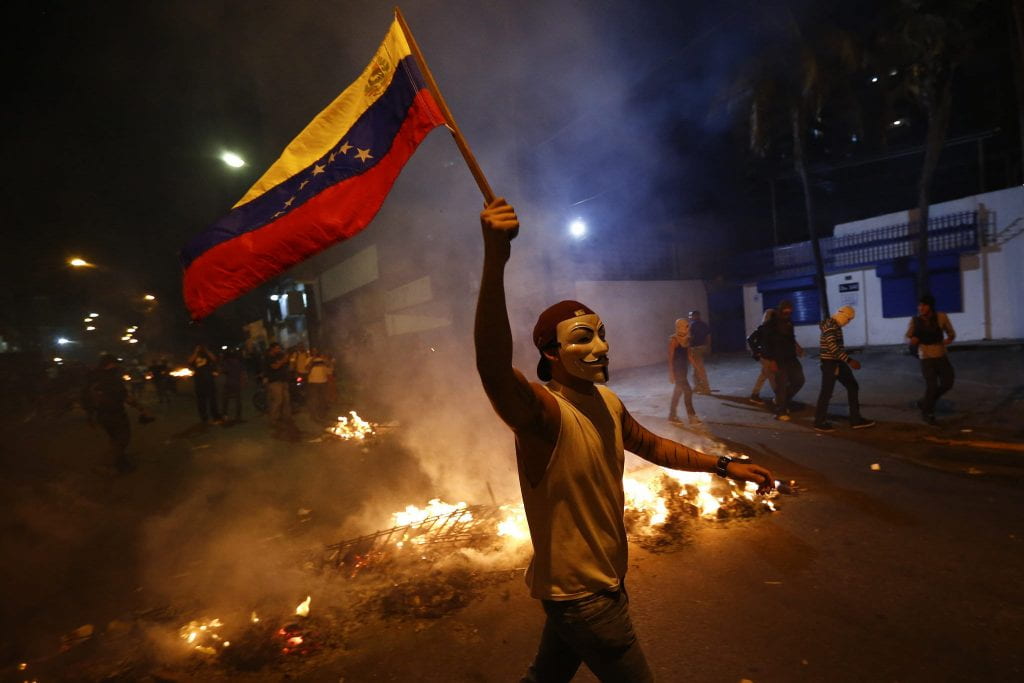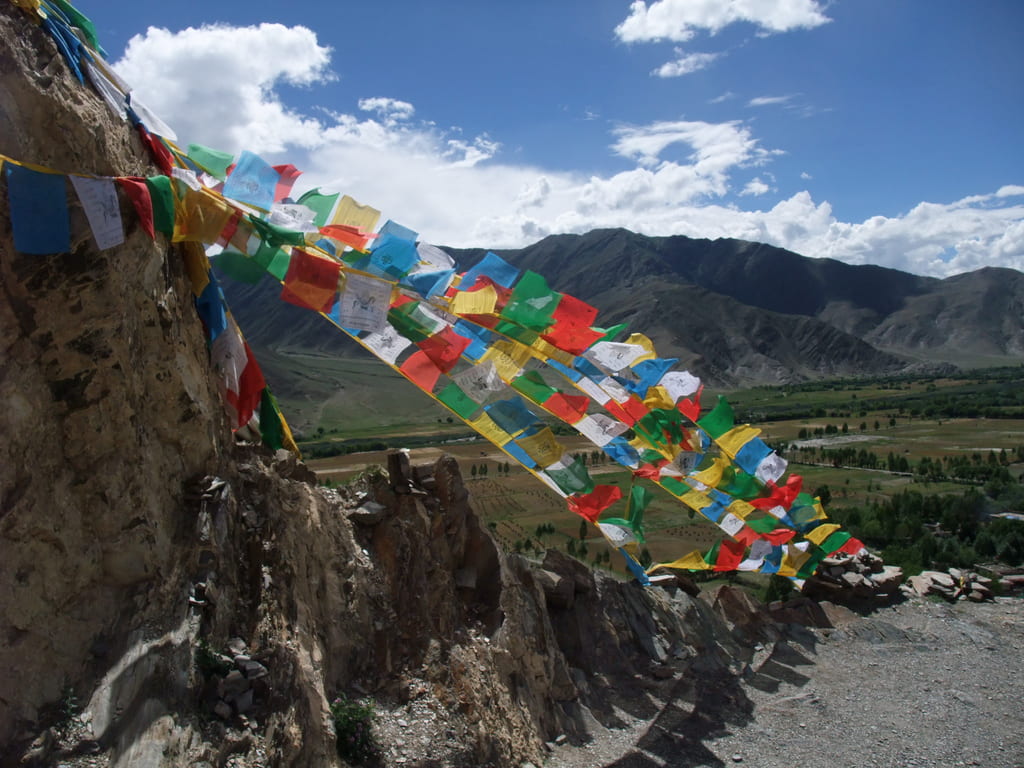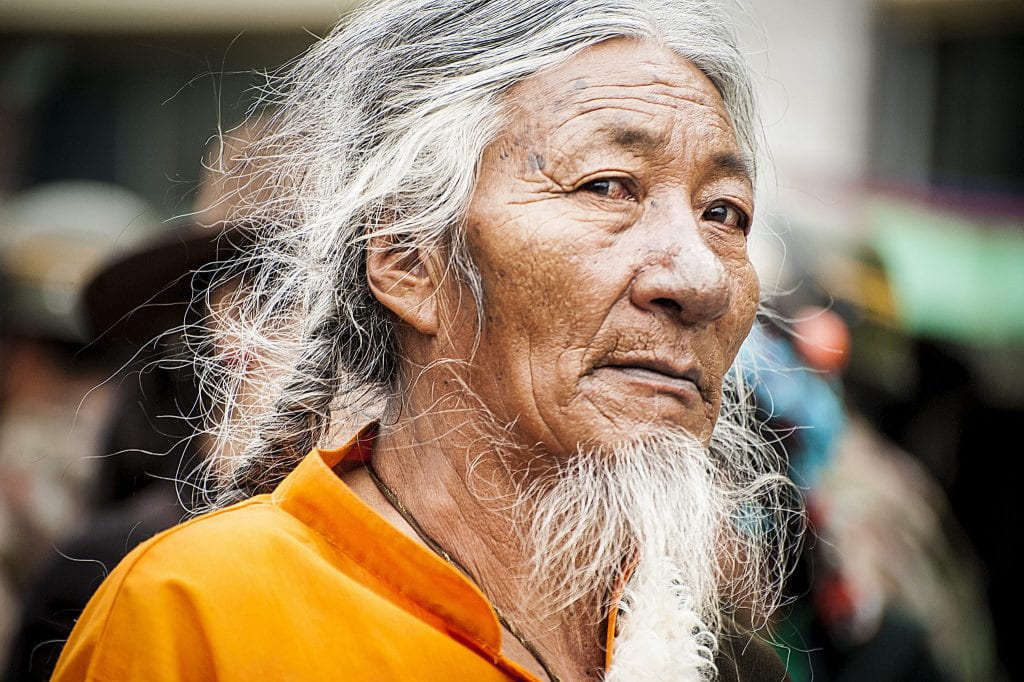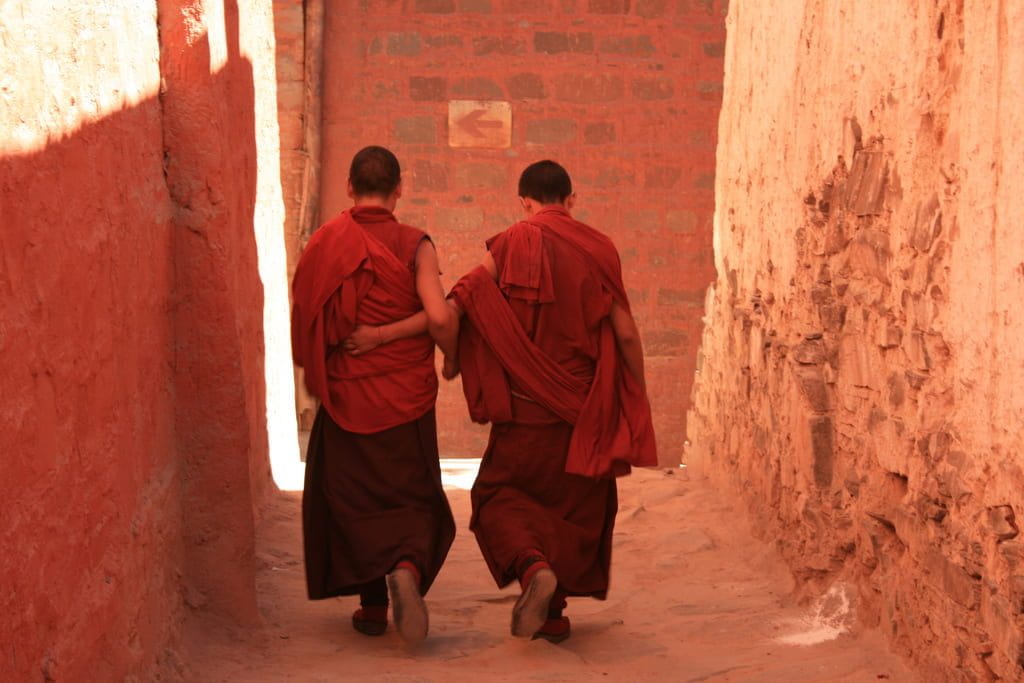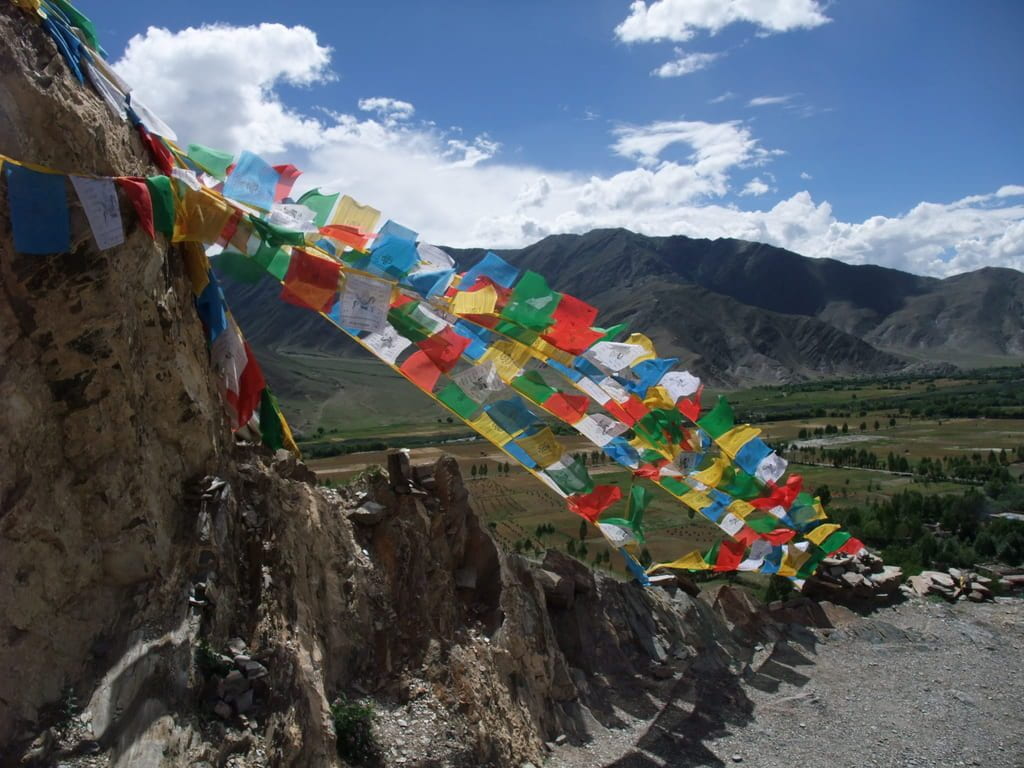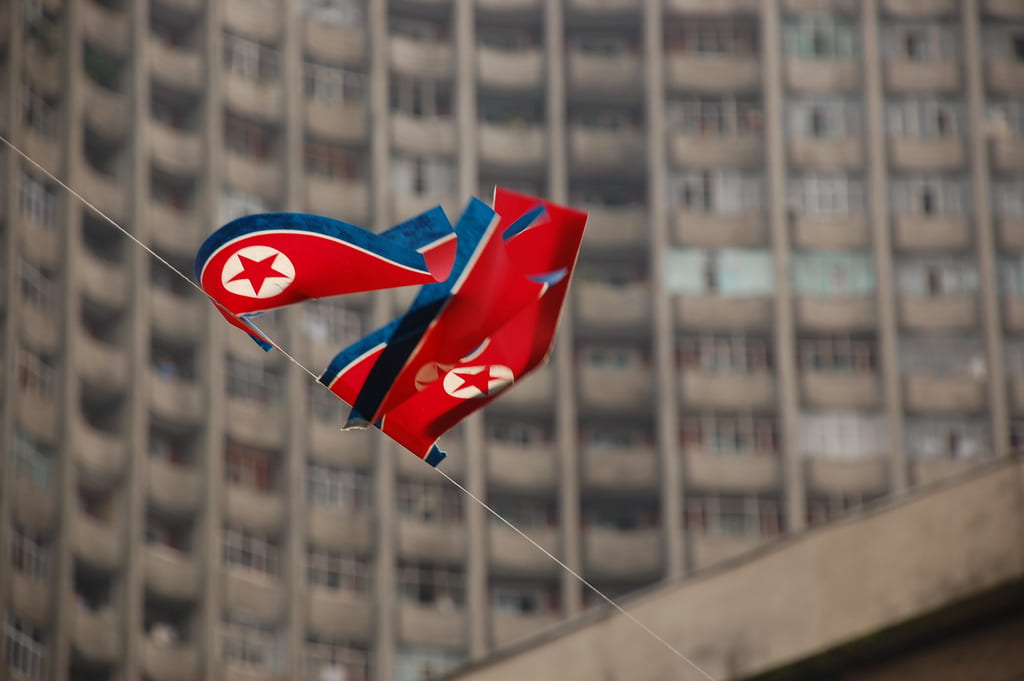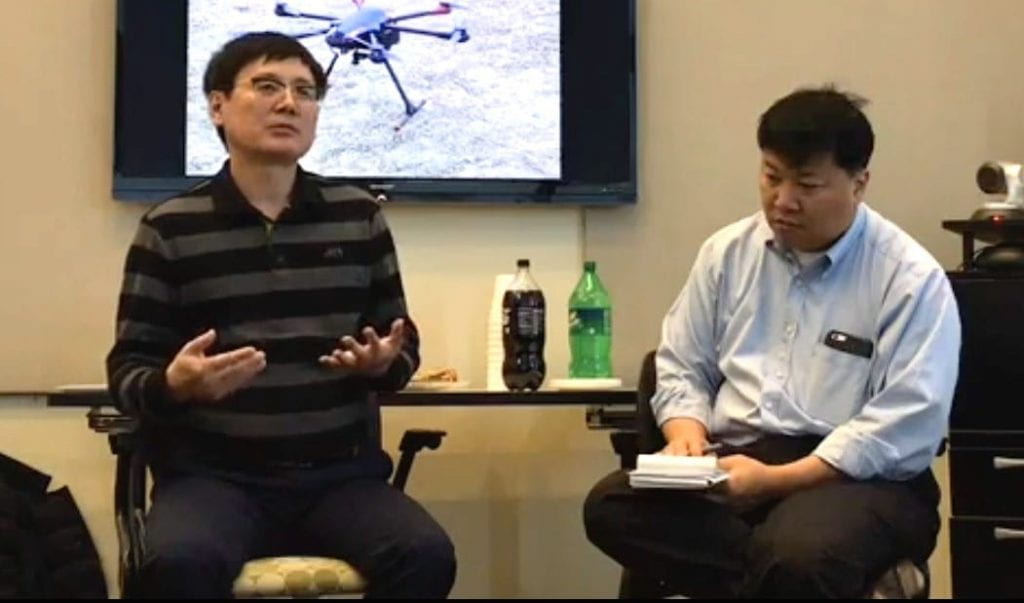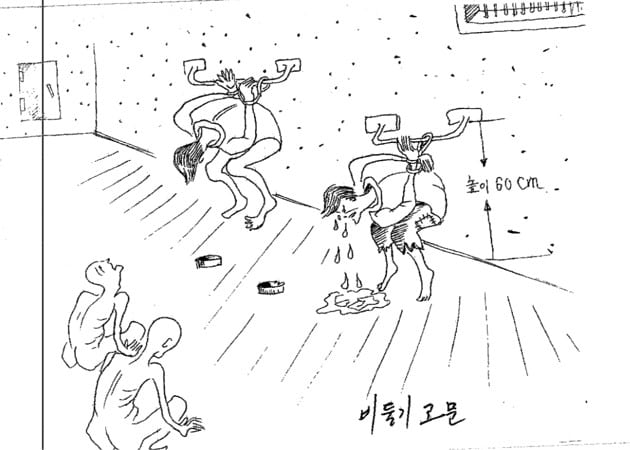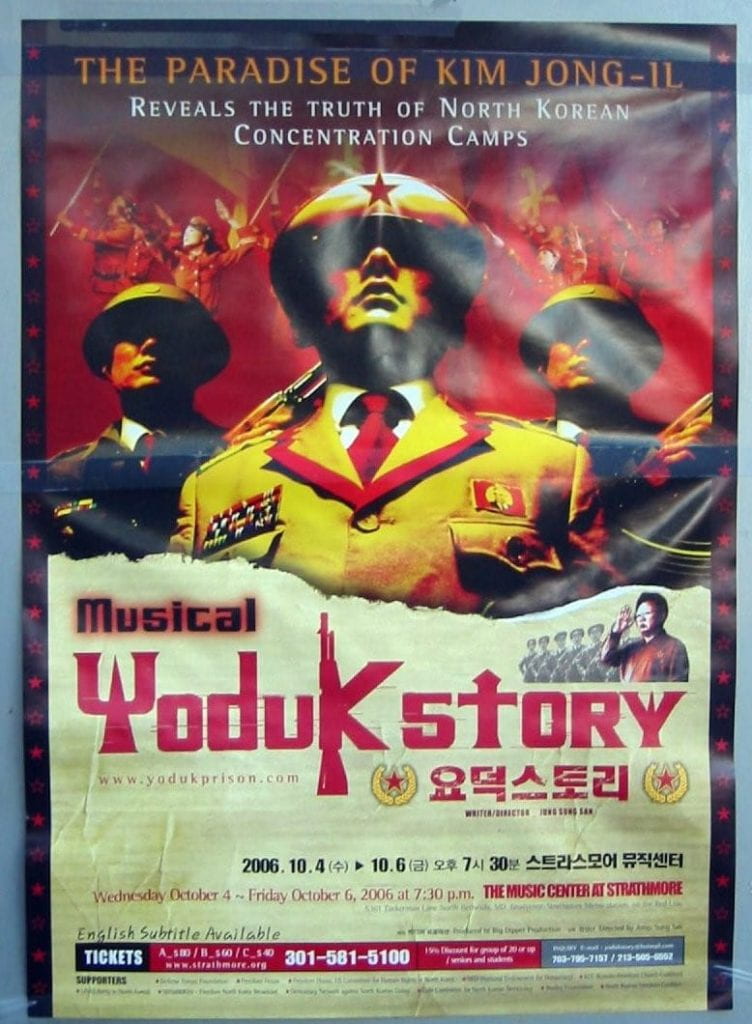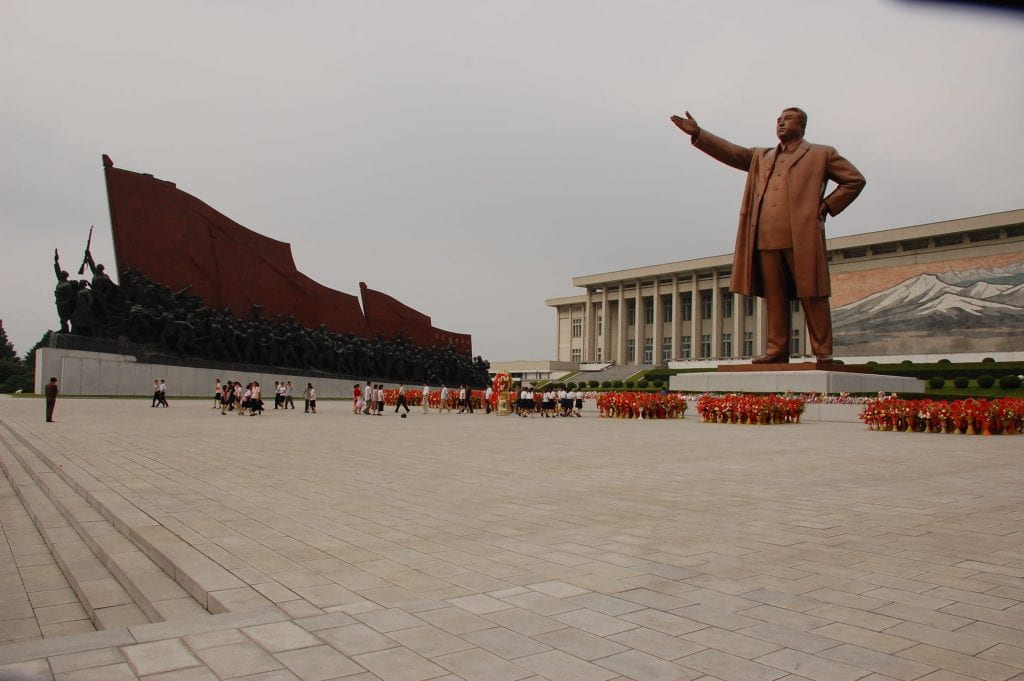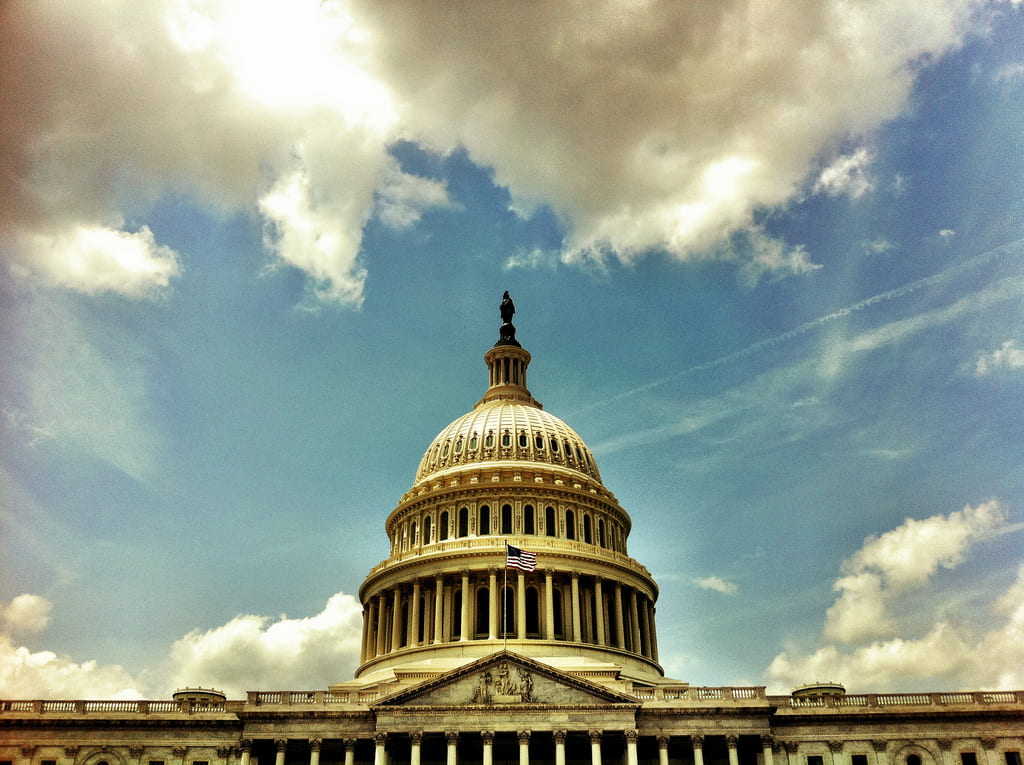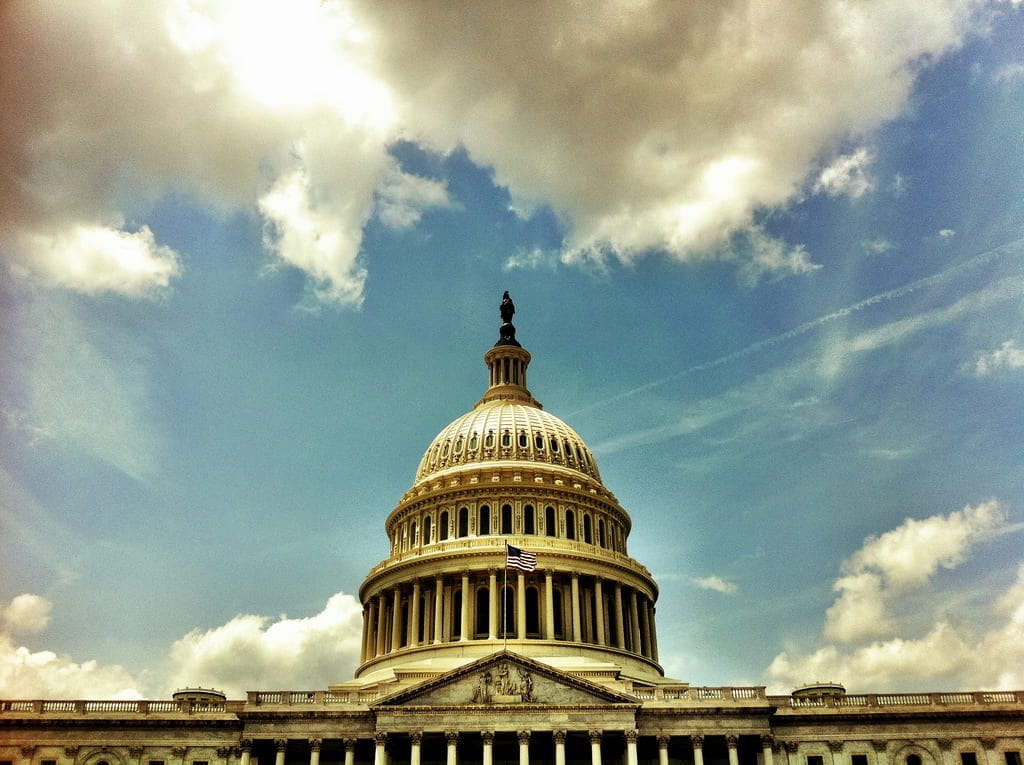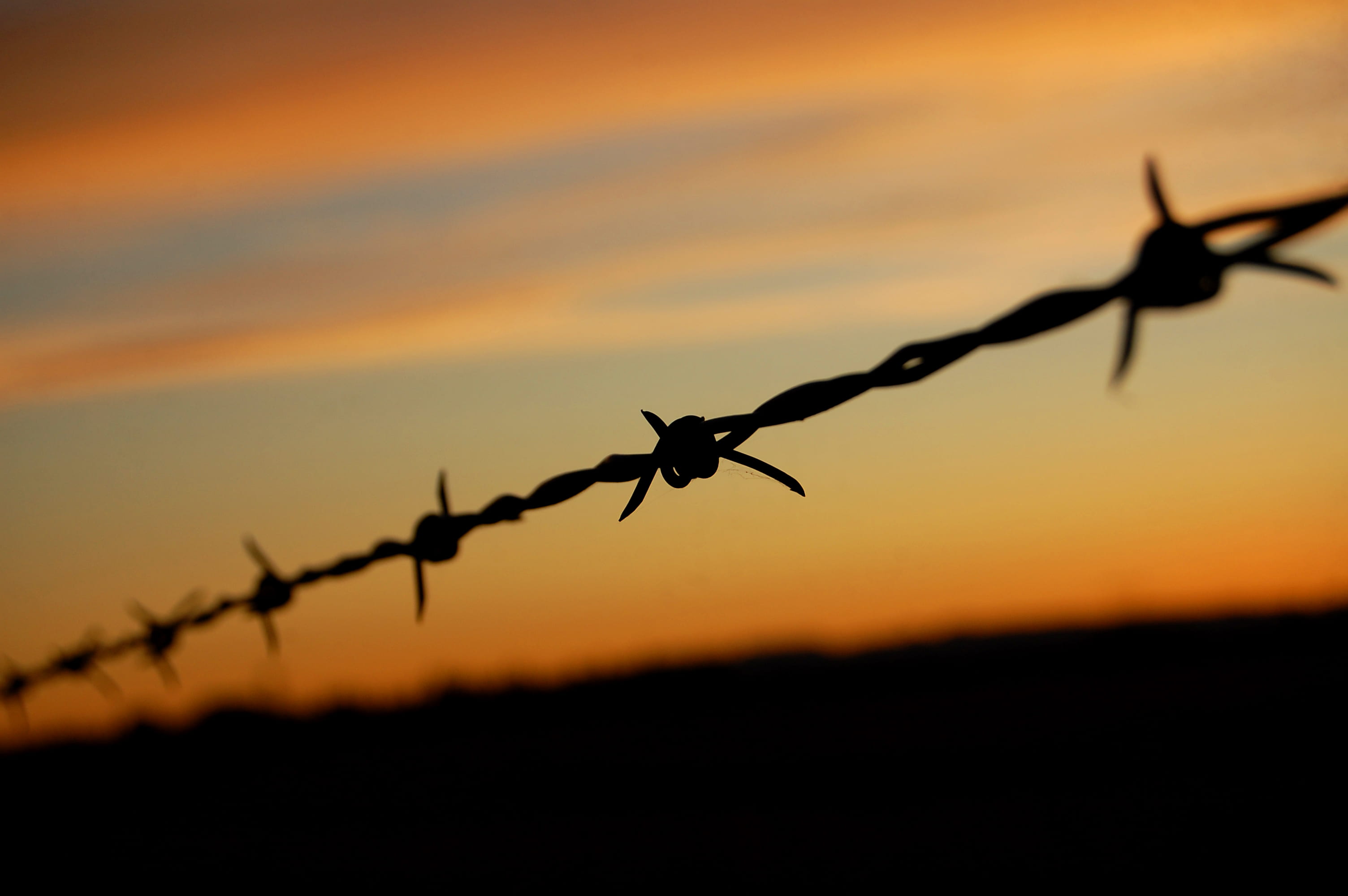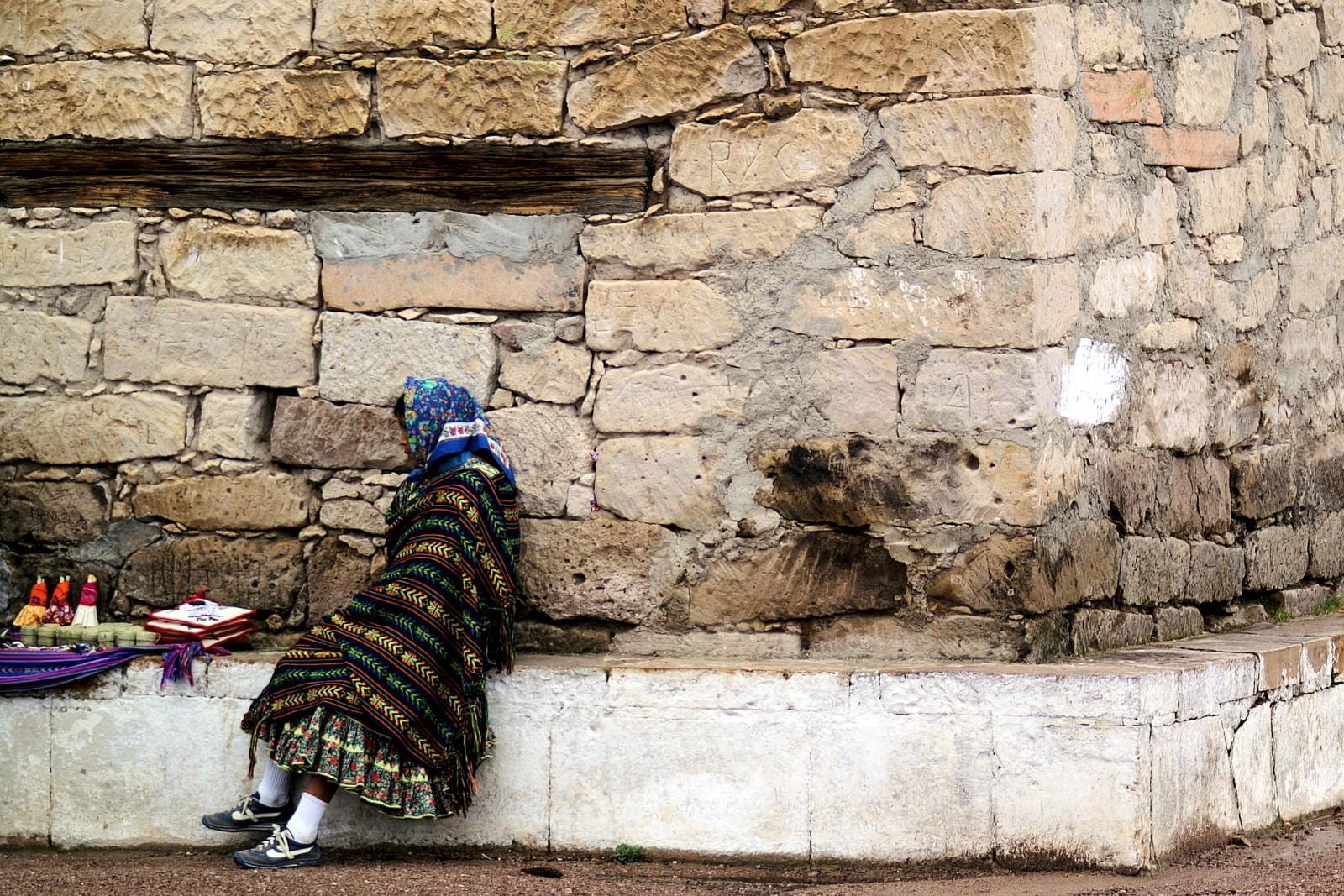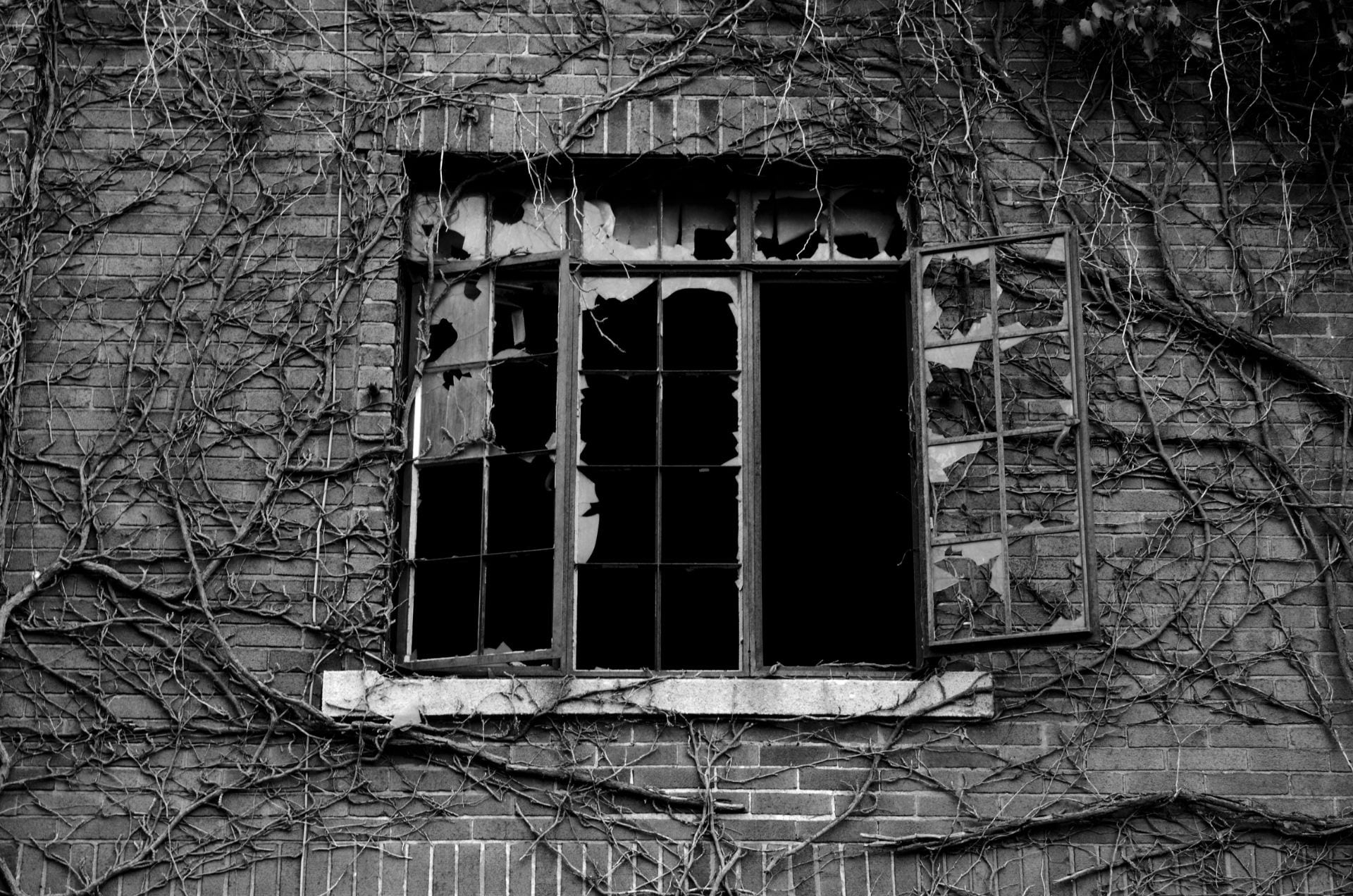“Every gay and lesbian person who has been lucky enough to survive the turmoil of growing up is a survivor. Survivors always have an obligation to those who will face the same challenges.”
-Writer/actor Bob Paris
According to Human Rights Watch (HRW), beginning in September, the Azerbaijani police force began a violent campaign against civilians presumed to be gay, bisexual, and transgender women.
The campaign began in mid-September when police in Baku, Azerbaijan’s capital, arrested members of the LGBTQ+ community when other citizens of Azerbaijan filed a complaint that “non-heterosexual people were engaging in prostitution.” However, according to human rights activists, detainees were not prostitutes, and the “accusations were used as a pretext for persecution.” In an interview with Samed Rahimli, a lawyer assisting detainees, “the police targeted homosexuals in general, not the prostitutes as they have claimed.”
Interviews conducted by HRW reveal those arrested were subject to beatings and electric shocks in an attempt to arrest other members of the LGBTQ+ community. Lawyers representing the detainees report 83 men and transgender women were confirmed to be arrested. However, the lawyers also said, “the overwhelming volume of arrests means there are many other cases they are unable to address or document,” and the media has reported up to 100 accounts of unconfirmed arrests.

Most of the victims were publicly arrested at work, on the streets, or even at home, thereby exposing their sexuality to their co-workers, family members, and other community members. A majority were falsely charged with prostitution resulting in 30 days of detainment.
Azerbaijan decriminalized same-sex relations in 2000, but discrimination and violence against the community continue to be dire. Azerbaijan was also labeled as the worst European country to be gay in, according to a survey conducted by the Guardian. There are currently no active LGBTQ+-friendly organizations in all of Azerbaijan, and the government is known to manifest false charges to detain openly gay men. The Minority, an anonymous magazine in Azerbaijan that reports on gay and transgender issues, cited those who were arrested were forced to ‘out’ other gay men. Another method utilized by the police to track down members of the community is the tracking of gay-dating apps. The police would create profiles and lure gay men to meet with them, at which point the app-user would be arrested.
Members of the Azerbaijan government shifted their stance from attempting to control prostitution to cracking down on public health issues; this indicates the government knowingly switched tactics to target an already marginalized group. Ekhsan Zakhidov, of the Azer Interior Ministry, announced the arrests were justified. He claims 16 of the 80+ arrested were infected with AIDS, but only six have been found to be infected. He also claims the mass detainment was to protect children, as “anyone infected with AIDS or other sexually transmitted diseases were a threat to children or people who come into contact with them.”
By making these claims, the government perpetuated two derogatory narratives surrounding the LGBTQ+ community. The first is: “all gay men have AIDS”. While proven to be statistically untrue, this is a stigma that has stood the test of time and facts. Gay men are still not allowed to give blood in America on the grounds of being “more susceptible” to HIV and AIDS. The second stigma is: homosexuality is rooted in pedophilia. Because AIDS is a sexually transmitted disease, by saying “it is for the safety of our children,” the Azerbaijan government is spreading the false rumor that gay men are child-rapists.

Unfortunately, the Azerbaijan government is not alone in the tracking of LGBTQ+ folk. Reports of the Egyptian police force also creating fake profiles on gay-dating apps and websites surfaced in 2016. At a concert earlier this month, a rainbow flag, which represents pride for the LGBTQ+ community, was flown. When photos of the flag spread across social media, the Egyptian government began tracking down those who were responsible to arrest them on charges of “promoting prostitution” and “immorality.” The Egyptian government designated waving the flag as an “incident,” and used gay-dating apps to track down those involved in said “incident.” Once arrested, anal examinations were reported to have followed, which is protocol in Egypt for such claims. Those arrested for waving the flag at the concert face trial on October 29th.
Like Azerbaijan, homosexuality is not illegal in Egypt, but acts of marginalization and repression continue to happen. Both of these instances bear similarity to the mass incarceration of LGBTQ+ folk in Chechnya that took place earlier this year, which was compared to the concentration camps in the Holocaust. Violence against the LGBTQ+ community is a trend that is repeated throughout history, even to the present day. While it is not easy to pinpoint when it officially surfaced, homophobia is seen even in B.C. times. The West still has its share of homophobia, but we see the most concentrated and severe acts of homophobia in the Middle East. This is likely due to the fact religion has a more prominent role in Middle Eastern society and government.
Azerbaijan was once a part of the Soviet Union, just as Chechnya was. That colonial legacy of oppressing the LGBTQ+ community, the religion, and the government all play into the modern-day culture and how their respective societies view the LGBTQ+ folk. The topic of homosexuality is taboo in Azerbaijan’s society, and the unacceptance of the gay community is shown by the aggravated reports made by citizens that prompted the arrests by the police.
What makes oppression in Azerbaijan, Chechnya, and Egypt different from LGBTQ+ oppression in the world? Dignity. While oppressed in other regions, the LGBTQ+ community in Western cultures has freedom of expression. In the aforementioned countries, freedom of expression is a myth for LGBTQ+ folk. Based on available data, these three countries are the most dangerous places in the world to be gay, lesbian, bisexual, and transgender. Based on anecdotal accounts, other countries, such as Iraq and Afghanistan, also present obstacles for LGBTQ+ persons. The voices we hear are not the only voices who matter.
“Life would be much easier if we were all just less horrible to each other.”
– Ellen Page, actor and activist

Article 3 of the United Nations’ Universal Declaration of Human Rights (UDHR) declares that everyone has the right to life, liberty, and security of person. When people are arrested for being the person that they are, this article is violated. Without the security of being able to express the person one is, flourishing is nearly impossible. How can one expect another to live their life to the fullest without being able to live comfortably? We all have a right to live our life as loud as we want; how we need and want to express is not up for dictation.
Article 5 of the UDHR sets forth that “no one shall be subjected to torture…” This has obviously been violated by the Azerbaijan government. When trying to get the names of other gay men, the police resulted to using electric shocks to coerce the victims to give them information. This is inhumane and is an unfounded violation of human rights.
Article 7 reads: “All are equal before the law and are entitled without any discrimination to equal protection of the law. All are entitled to equal protection against any discrimination in violation of this Declaration and against any incitement to such discrimination.” When the government allows discrimination against an individual or a community, this article is violated, as it has been in all cases mentioned in this post. The police have been allowed to arrest citizens based on their sexual orientation. No laws were violated, but human rights definitely were.
Without these laws being enforced by a governing legal entity, Azerbaijan, Egypt, and Chechnya show no sign of following the UDHR for the safety and security of their LGBTQ+ citizens. Organizations such as the Human Rights Campaign and Human Rights Watch have given a megaphone to the tortured voices of Azerbaijan. Now the job falls upon us as informed citizens to continue to spread awareness. It is also our job to make our companions feel comfortable in the world that we live in. We all want to be accepted, to prosper, and to love. Each of us is human; each of us deserves the same rights.
